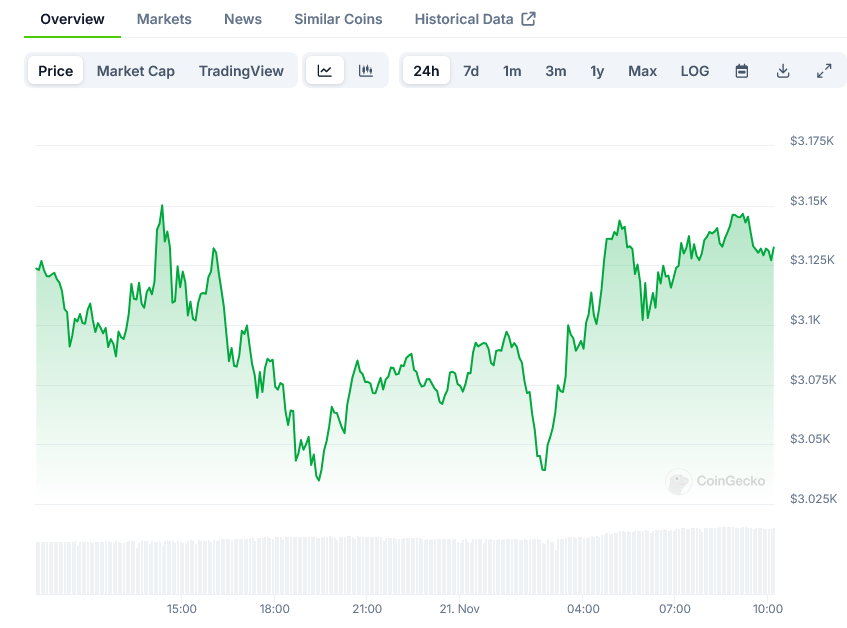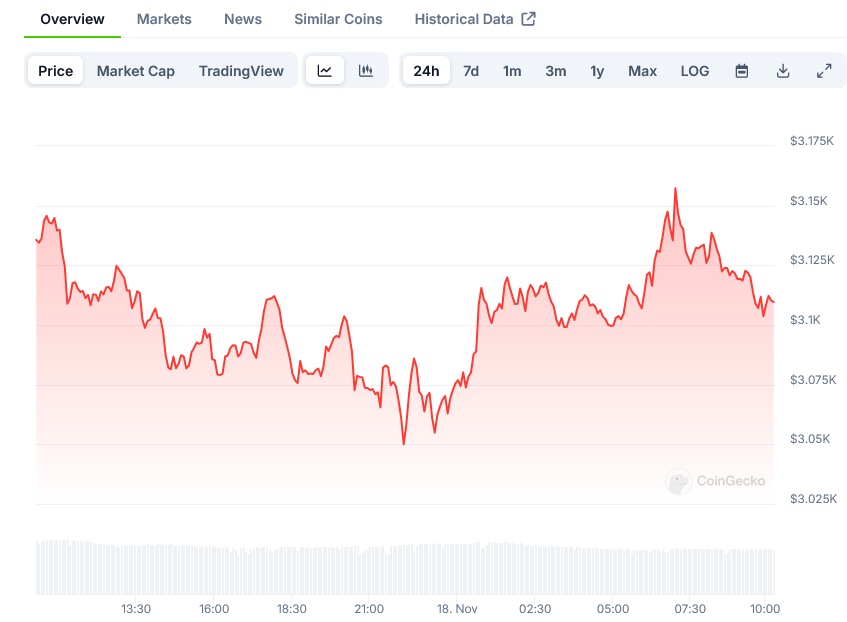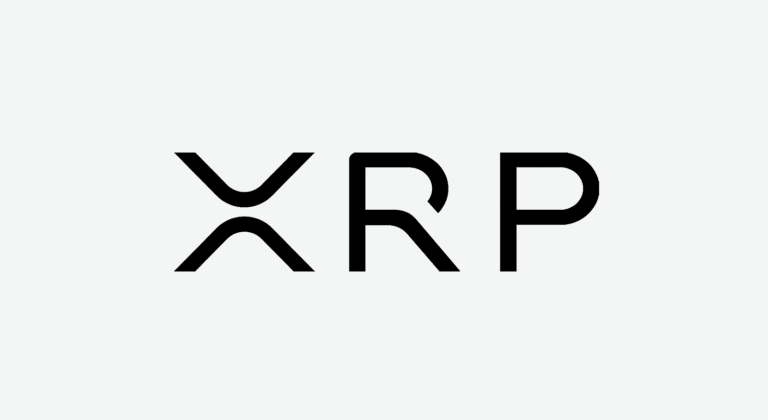What are Based Rollups? A Look at Ethereum’s Latest Scaling Innovation
TLDR:
- Based rollups use Layer 1 (L1) blockchain sequencers instead of their own
- They inherit L1 security, decentralization and liveness
- Based rollups can reduce costs and complexity compared to other rollups
- They align economic incentives between L2s and L1 validators
- Potential drawbacks include less flexibility and lower direct revenue for L2s
Based rollups are emerging as a potential solution to align incentives between Ethereum’s layer 2 (L2) networks and its base layer validators.
This new scaling approach leverages the existing infrastructure of Layer 1 blockchains to process transactions, offering several advantages over traditional rollups.
Unlike optimistic or zero-knowledge rollups that use their own sequencers, based rollups utilize the sequencer of the underlying Layer 1 blockchain. This allows L1 block proposers to work directly with L2 block builders and searchers to include rollup blocks within L1 blocks.
By using L1 sequencing, based rollups inherit the full decentralization and security of the base layer. They also benefit from the liveness guarantees of L1, avoiding potential issues that other rollups face with validator or sequencer failures.
The simplified architecture of based rollups eliminates the need for escape hatches, external consensus mechanisms, and sequencer signature verifications. This streamlined approach can lead to lower operational and transaction costs compared to traditional rollup models.
Proponents argue that based rollups create stronger economic alignment between L2s and L1 validators.
As rollup activity drives demand for block space and generates fees for validators, it could allow for zero or even negative issuance inflation while maintaining high staking yields.
Adam Cochran of Cinneamhain Ventures suggests this fundamental change to incentive structures could significantly impact Ethereum’s long-term value proposition. “This could easily increase the long-term demand for ETH by a hundred times,” Cochran stated in a recent social media post.
So a based rollup is a type of L2.
It still saves the data in a compressed format on the L1.
But instead of its own sequencer, it relies on L1 validators to process the transactions.
They still use rollup bundling, systems called “prconfirmation commits” and other features, to…
— Adam Cochran (adamscochran.eth) (@adamscochran) September 10, 2024
However, based rollups are not without potential drawbacks. By relying on L1 sequencing, they sacrifice some flexibility in transaction ordering and may face challenges in implementing certain sequencing services like fast pre-confirmations. Additionally, based rollups forgo maximal extractable value (MEV) income to L1 validators, potentially limiting their direct revenue streams.
Despite these trade-offs, several projects are exploring based rollup implementations. Taiko, a Layer 2 protocol utilizing the ZK-rollup framework, has launched a testnet incorporating elements of the based rollup model.
The concept of based rollups was initially proposed by Ethereum researcher Justin Drake in early 2023.
While still in the early stages of development and testing, the potential benefits have garnered attention within the Ethereum scaling community.
By more closely aligning L2 and L1 incentives, they could help ensure the long-term sustainability of Ethereum’s multi-layer ecosystem.
The post What are Based Rollups? A Look at Ethereum’s Latest Scaling Innovation appeared first on Blockonomi.




























